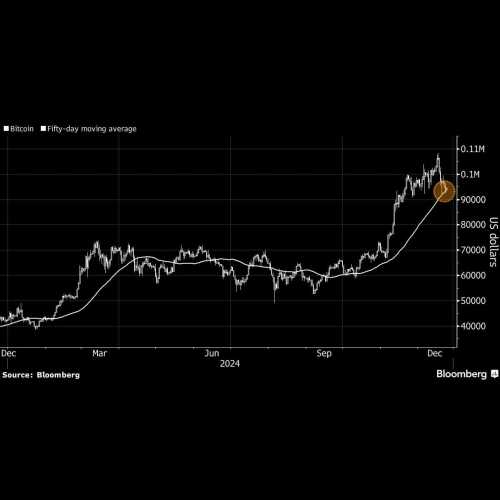In the rapidly changing world of Bitcoin [BTC] mining, operators are facing rising costs and increasing technical demands.

Rising Bitcoin Mining Costs Prompt Integration of AI, Sustainable PracticesAmidst the rapidly evolving landscape of Bitcoin [BTC] mining, increasing technical demands and rising costs pose significant challenges for operators. As mining becomes more capital-intensive, the need for specialized hardware, reliable energy sources, and expert management has never been greater.To assess the financial health of Bitcoin miners, key metrics include cash flow from mining operations, total debt, SG&A expenses, and capital expenditures. These indicators provide insights into a miner's ability to generate cash, manage debt, and invest in growth.Highlighting recent trends, data shows mining expenses have surged, with average costs now exceeding $49,500, while cash flow pressures are compounded by rising interest rates. As a result, many miners are exploring AI applications and sustainable practices to enhance operational efficiency and navigate financial hurdles in a volatile market.Bitcoin Mining Expenses Surpass Current Market PricesPost-halving expenses per Bitcoin often exceed current market prices. Rising operational costs – largely driven by electricity, SG&A, and interest expenses – are squeezing miners’ profitability and amplifying cash flow pressures. Without significant capital reserves or alternative revenue streams, miners may struggle to sustain operations or scale efficiently in the face of tightening profit margins.Bitcoin Mining Profitability Closely Tied to Market ConditionsRecently, Bitcoin's price surge, driven by ETF anticipation, briefly boosted miners' revenues per coin. However, following the latest halving, which doubled production costs, profitability remains highly dependent on volatile market conditions. For many miners, debt and high operational expenses limit their ability to capitalize on price spikes, as rising interest costs eat into potential profits.In this environment, volatility is both an opportunity and a risk: while price increases can improve margins, sudden drops threaten cash flow and may force some miners to scale back operations or sell assets. Many Bitcoin miners are shifting their strategies to boost revenues by holding onto Bitcoin tokens and exploring AI applications. AI can help streamline mining operations, allowing miners to optimize processes and better manage energy consumption. By using advanced analytics, they can improve efficiency and reduce costs, making it easier to adapt to market changes. This integration of AI not only diversifies revenue streams but also positions miners for success in a competitive landscape.Bitcoin Mining Difficulty Surges Post-HalvingThe Bitcoin network's rising hash rate – projected to reach 765 EH/s – continues to drive up electricity demand, intensifying environmental concerns. As mining operations expand to maintain network security and compete for block rewards, the associated energy consumption draws significant criticism for its carbon footprint. According to industry forecasts, a strategic pivot to alternative energy could reduce Bitcoin’s carbon emissions by up to 63% by 2050.
Disclaimer:info@kdj.com
The information provided is not trading advice. kdj.com does not assume any responsibility for any
investments made based on the information provided in this article. Cryptocurrencies are highly volatile
and it is highly recommended that you invest with caution after thorough research!
If you believe that the content used on this website infringes your copyright, please contact us
immediately (info@kdj.com) and we will delete it promptly.



























































